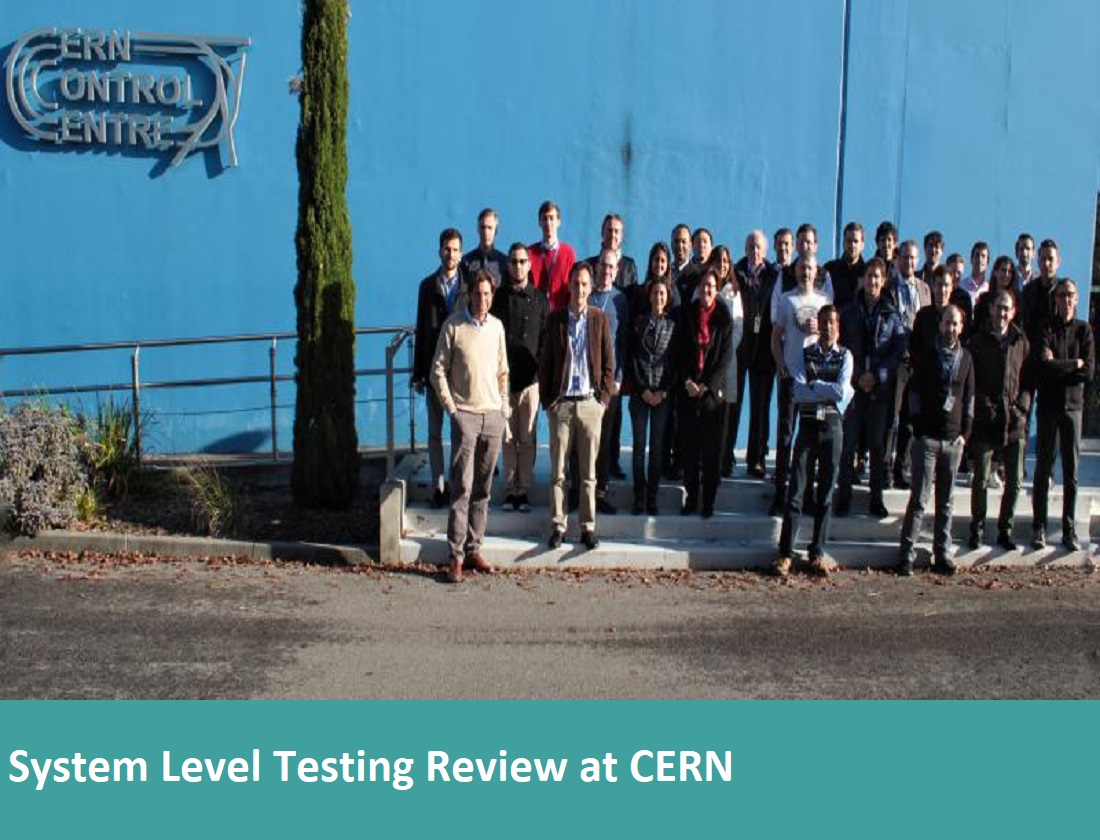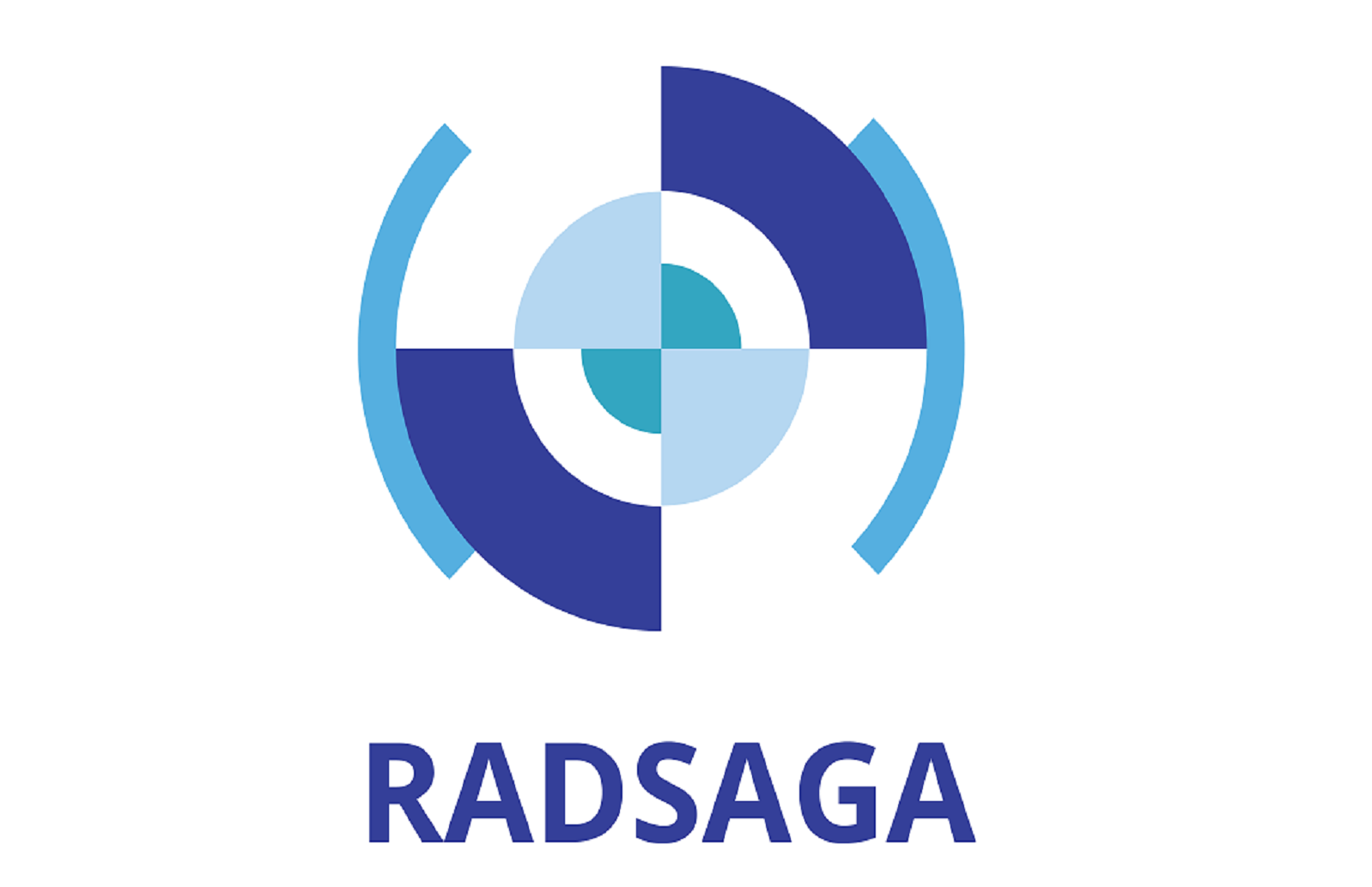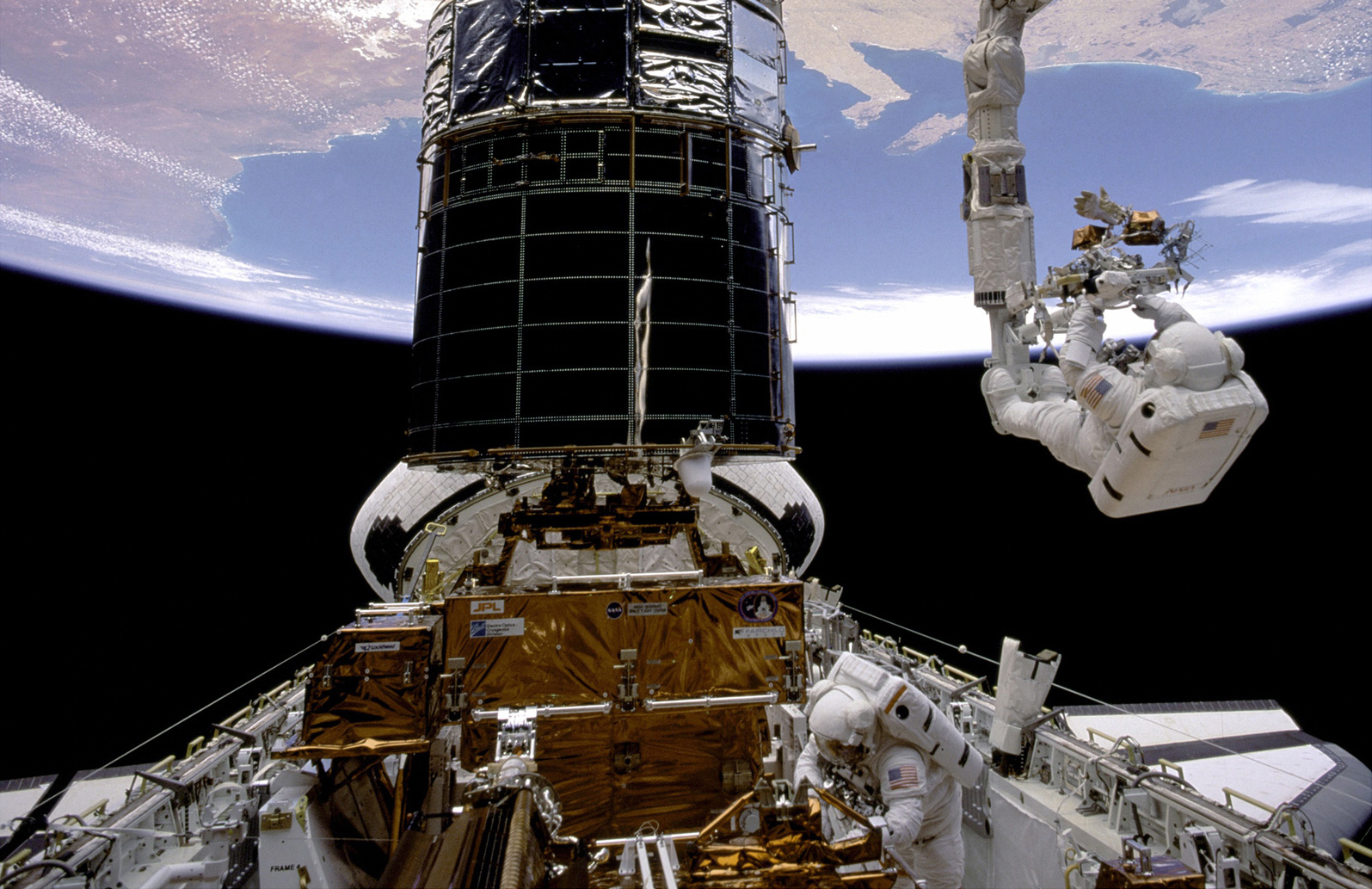System Level Testing Review at CERN
A major milestone in the RADSAGA project has just been set after the System Level Testing Review which was held at CERN on November 11-13, 2019. The review mainly dealt with current achievement and future perspectives of WP3 and WP4.
The review was chaired by Markus Brugger (CERN) and Jonathan Pellish (NASA). The review panel was composed by several radiation experts coming from various fields (space, accelerator, ground applications, agencies, industry) and featured the participation of: Jyotika Athavale (INTEL), Francoise Bezerra (CNES), Cesar Boatella Polo (ESA), Enrico Chesta (CERN), Federico Faccio (CERN), Renaud Mangeret (AIRBUS), Anthony Sanders (NASA).
The full agenda of the workshop is available at this link. Here's a summary of the various contributrions.
Ruben Garcia Alia (CERN) opened the review explaining the main objectives of the review: synthesizing recommendations to convert the notable work performed in terms of system level testing by the various ESRs during the first 2 years of the project into a guideline for system level testing, main outcome of WP4. It also helped establish some common terminology throughout the review.
Andrea Coronetti (ESR15, CERN) presented the status of system level testing within the radiation effects community. It turns out that system level testing is quite diffused, but not very well advertised. There are currenlty not standards or guidelines about system level testing in general, but just more case-specific guidelines from NASA and CERN. Only very recently system level testing papers have started to make their way within international conferences.
The review turned towards beam properties and requirements for system level testing (a link to WP1 in the RADSAGA project). The discussion was opened by Ruben Garcia Alia, who explained necessities for various beams and limitations of present facilities. For heavy ions, only NSRL would be capable of providing industrial access. For hadrons, CHARM and ChipIr certainly would stand out. The talk was followed by a presentation of system level testing at the CHARM facility by Rudy Ferraro (CERN). The talk very well highlighted how the facility covers the needs for accelerator testing in terms of TID, DD and their rate. The facility also covers needs for SEE both in terms of high energy hadrons and thermal neutrons. The floor was then taken by Carlo Cazzaniga (STFC) who introduced the ChipIr facility in UK, which is considered the worldwide benchmark for atmospheric applications. He pointed out how the facility is well suited for testing avionics and ground applications such as neural networks and internet serves. Finally, Daniel Söderström (ESR2, JYU), closed the discussion introducing all other facilities that are part of the RADSAGA project and those outside of it and that would be potentially be applicable to system level testing. It turns out there is just a restricted number of facilities capable of providing the necessary beam penetration and homogeneity required to test a bulky system.
The review followed with study cases presented by the various ESRs involved in system level testing. The first presentation was from Kimmo Niskanen (ESR7, UM) who is working on a DC-DC converter based on wide bandgap technologies (SiC). In terms of system testing the work is still in the initial phase since during the first two years it mainly dealt with characterizing coupled effects of radiation and aging in power devices (ESR7 belongs to WP2 which mainly deals with component design and testing). The presenter pointed out how different the behavior of such power devices may be between component testing conditions and real operating conditions. The discussion continued on DC-DC converters, this time a PoL commercial version from 3DPlus, which was presented by Tomasz Rajkowski (ESR12, 3DPlus). The presentation profited from the many system level tests that were run on various versions of this system over the past 2 years and touched on critical aspects for qualification of electronics system at an industrial level.
ESRs presentation moved to the digital world with a first presentation from Jan Budroweit (DLR) on the Software-Defined Radio. This was tested at CHARM and with high energy protons and provides a first insight between comparability among facilities and on the qualification methodology which is applied to qualify a very complex RF system to be used for satellite communication. Israel Lopes (ESR13, UM) took the floor and introduced a summary of his experiments with Systems-on-Module (SoM). The main aim of his work is to find to establish a bridging methodology between the component level testing frame and the system level testing frame, which are often considered to belong to two different worlds.Finally, Andrea Coronetti presented the work performed for the qualification of a CNES student nanosatellite in CHARM reporting on various opportunities and challenges arising from system level testing for small satellites.
To conclude the technical review, Andrea Coronetti reported on the methodology aspects derived from the RADSAGA experience and to be reported within the guideline. The presenter pointed out that a system level testing should focus on certain aspects for which guidance and standardization presently does not exist: system level test objectives, suitable facilities identification, test methodology aspects and documentation of results. The presentation pointed out many potential challenges that are currently not fully understood and may need further investigation during the last year of RADSAGA. Ruben Garcia Alia then presented the proposed outline for the guideline. The review panel expressed the need for having a very pragmatic guideline that will focus only on the most important matters relevant to the system level testing method and what a user can actually achieve with performing such kind of test.
Based on the material that was covered during the technical review, the review panel already discussed the future of system level testing and the need for a guideline within the radiation community. Some points may need further discussion and agreement within all the parts involved, but the review panel will soon provide directions on the various open points that were touched during the review. In general, the review pointed out a quite sufficient level of maturity for system level testing within the radiation community and from what has been achieved in WP3 and WP4 so far.
ESR15 - Andrea Coronetti
Here are some pictures from the System Level Testing Review at CERN:
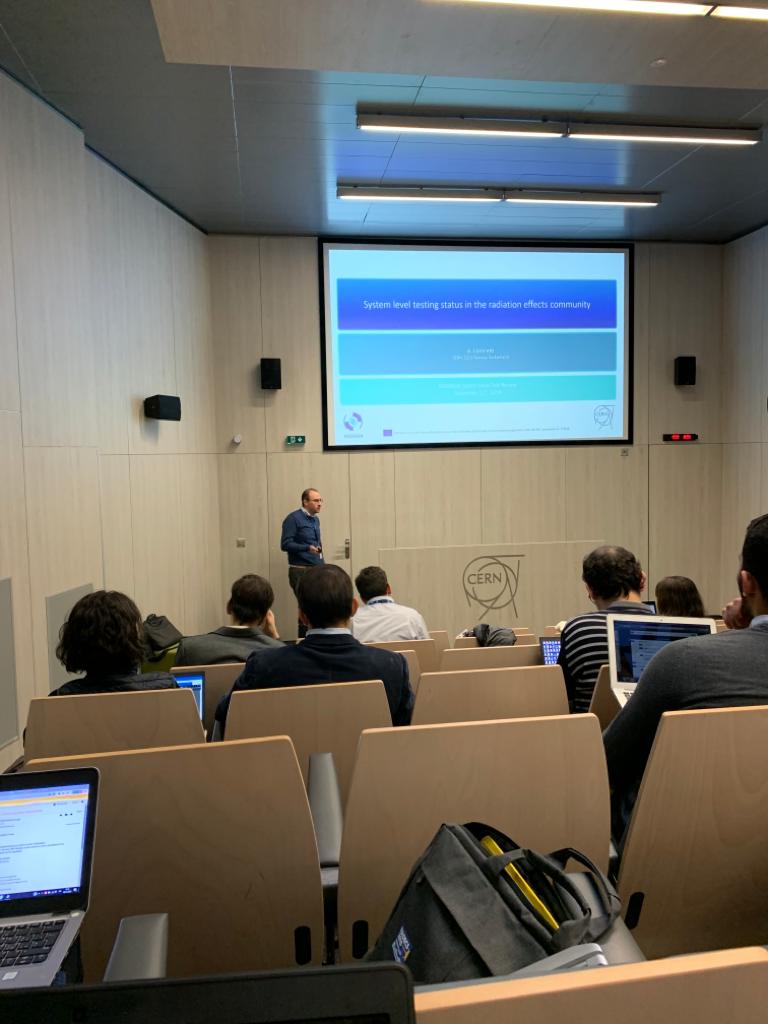
Andrea Coronetti (ESR15) presenting the current status of radiation testing at system level in the radiation community.
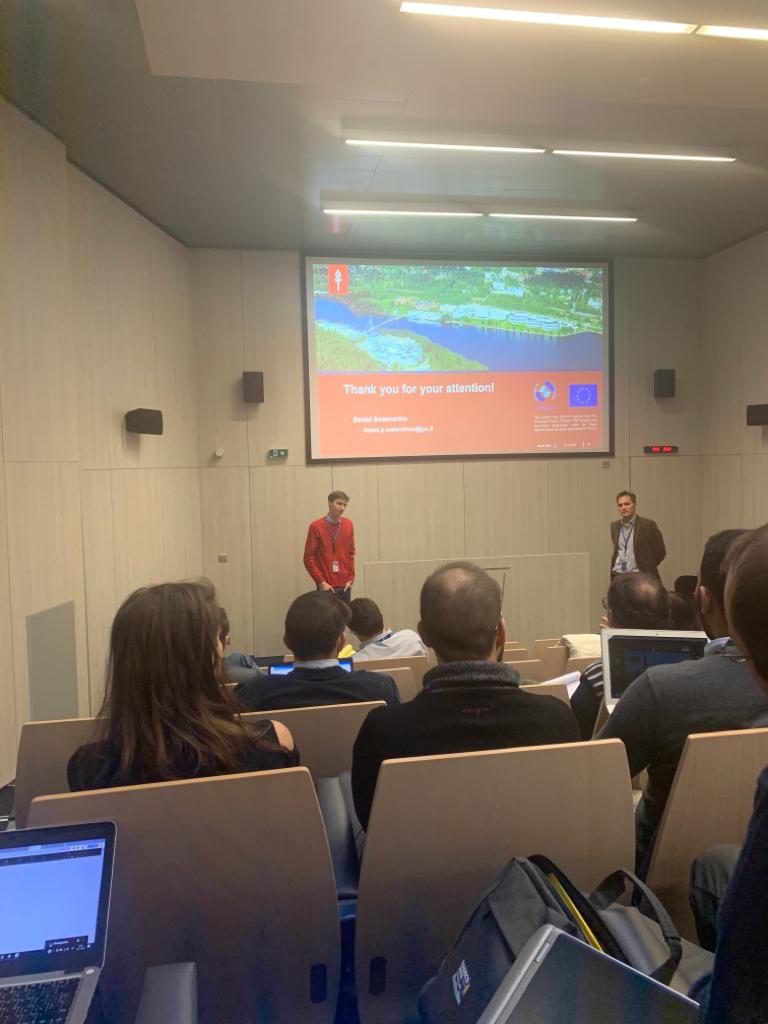
Daniel Söderström (ESR2) presenting a summary of other facilities within the RADSAGA project and outside it (Credit: Israel Lopes).
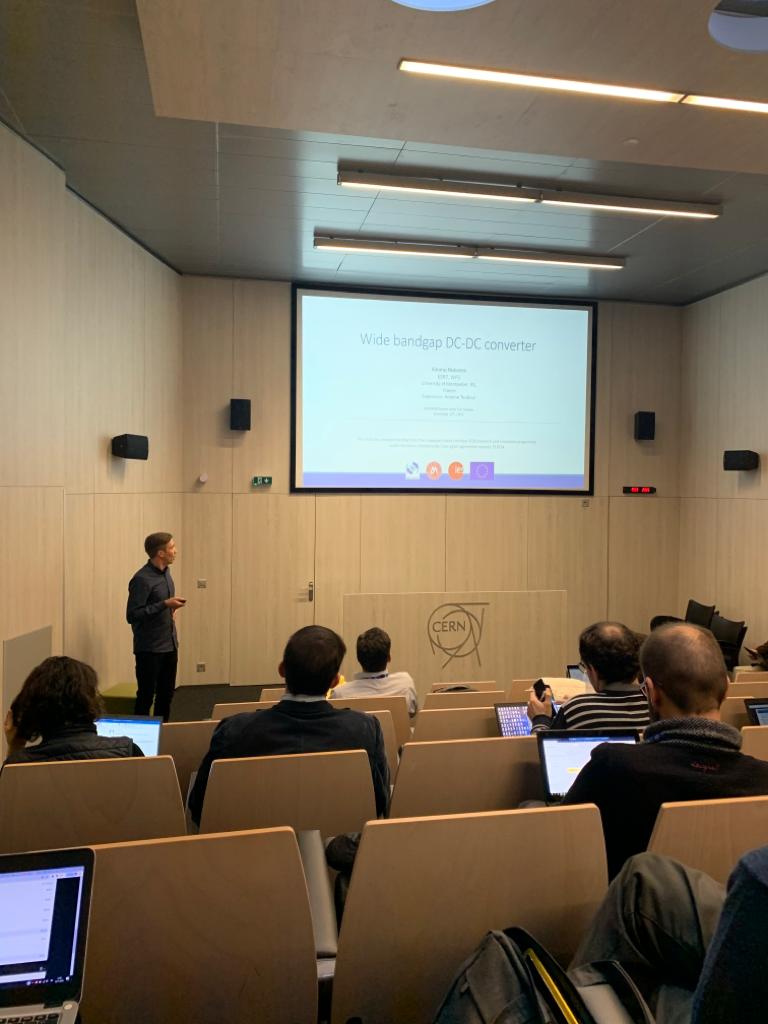
Kimmo Niskanen (ESR7) presenting his work on the SiC DC-DC converter (Credit: Israel Lopes).
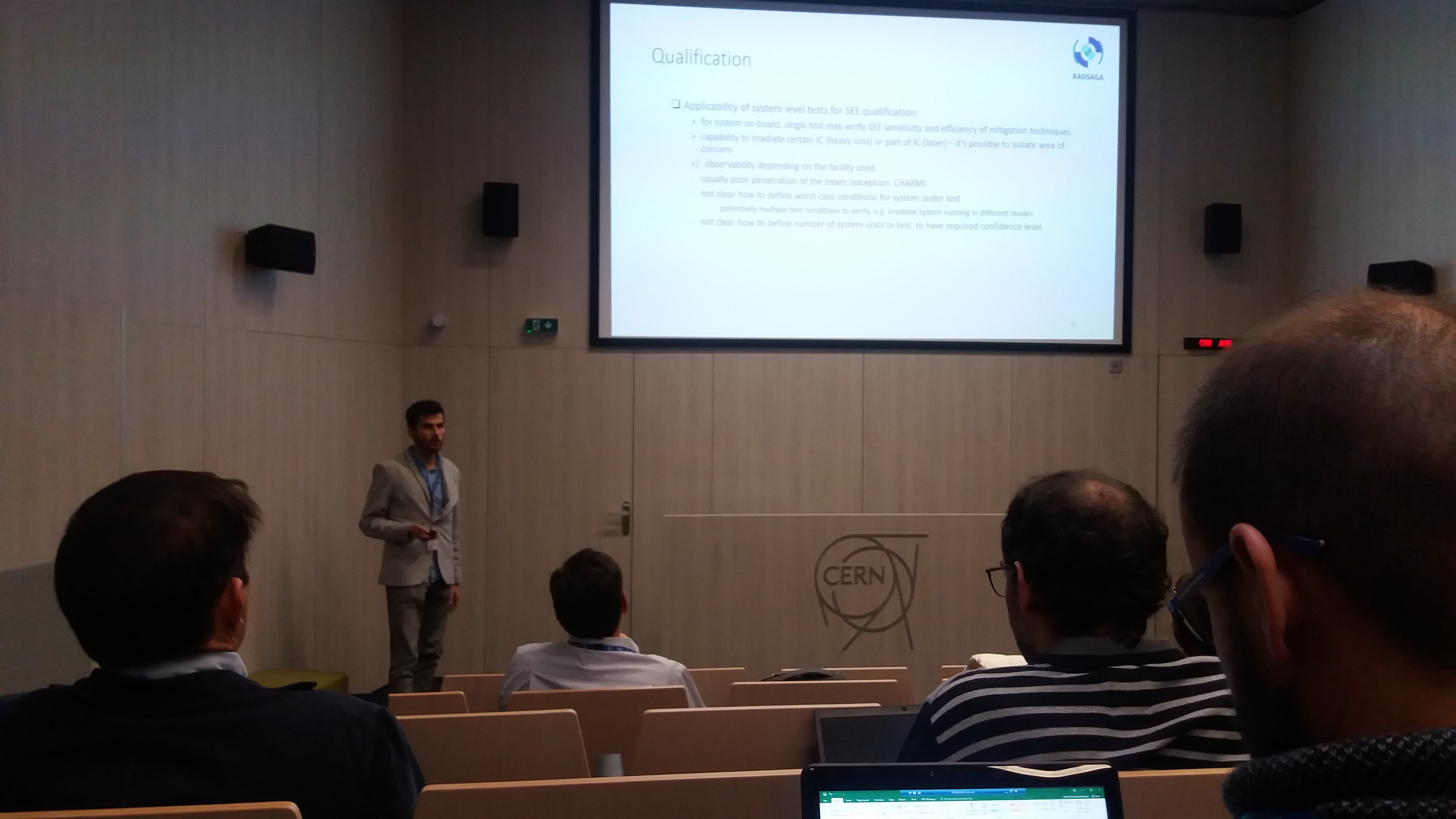
Tomasz Rajkowski (ESR12) presenting his work on the PoL DC-DC converter (Credit: Andrea Coronetti).
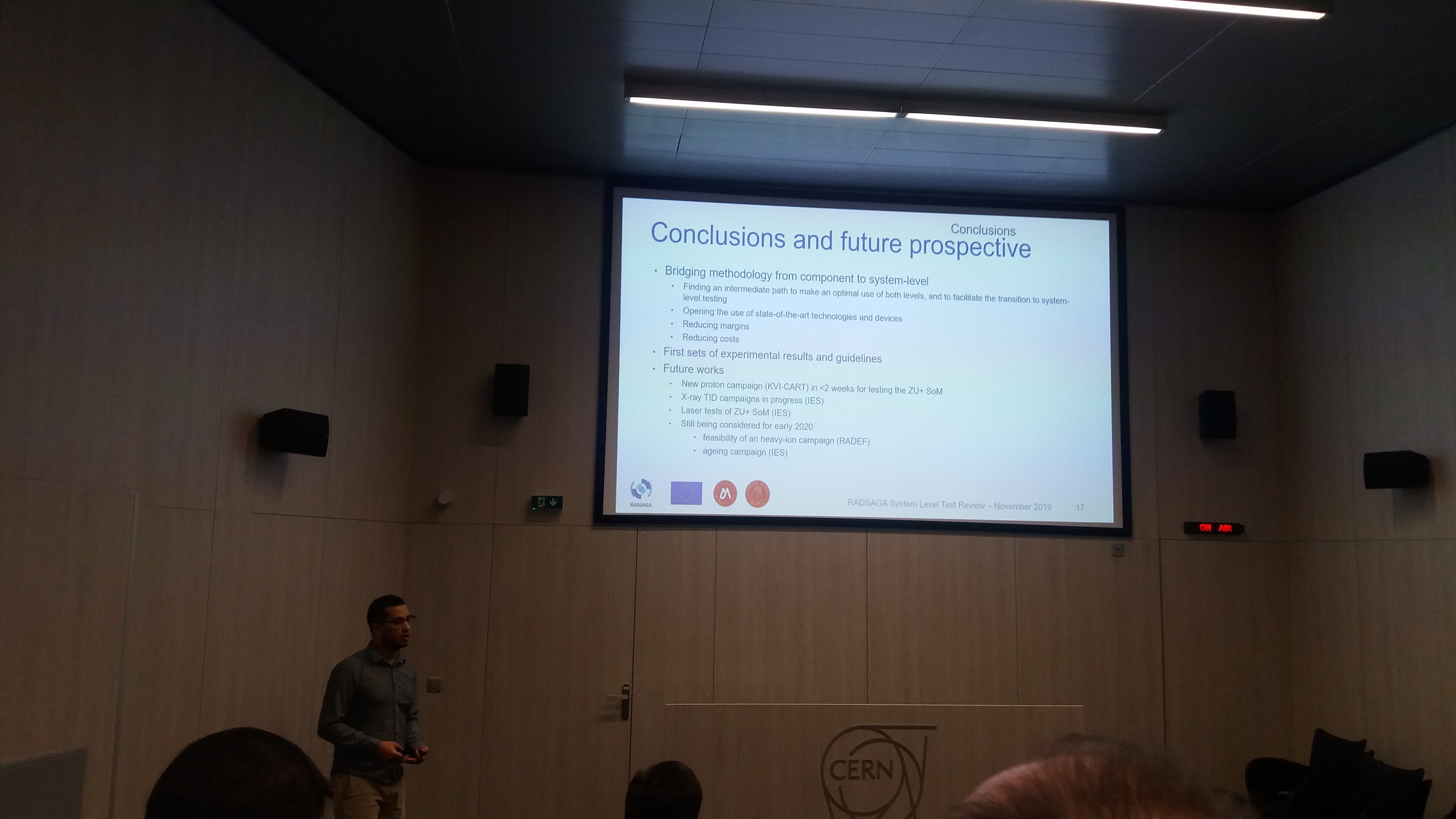
Israel Lopes (ESR13) presenting the work on the bridging methodology (Credit: Andrea Coronetti).
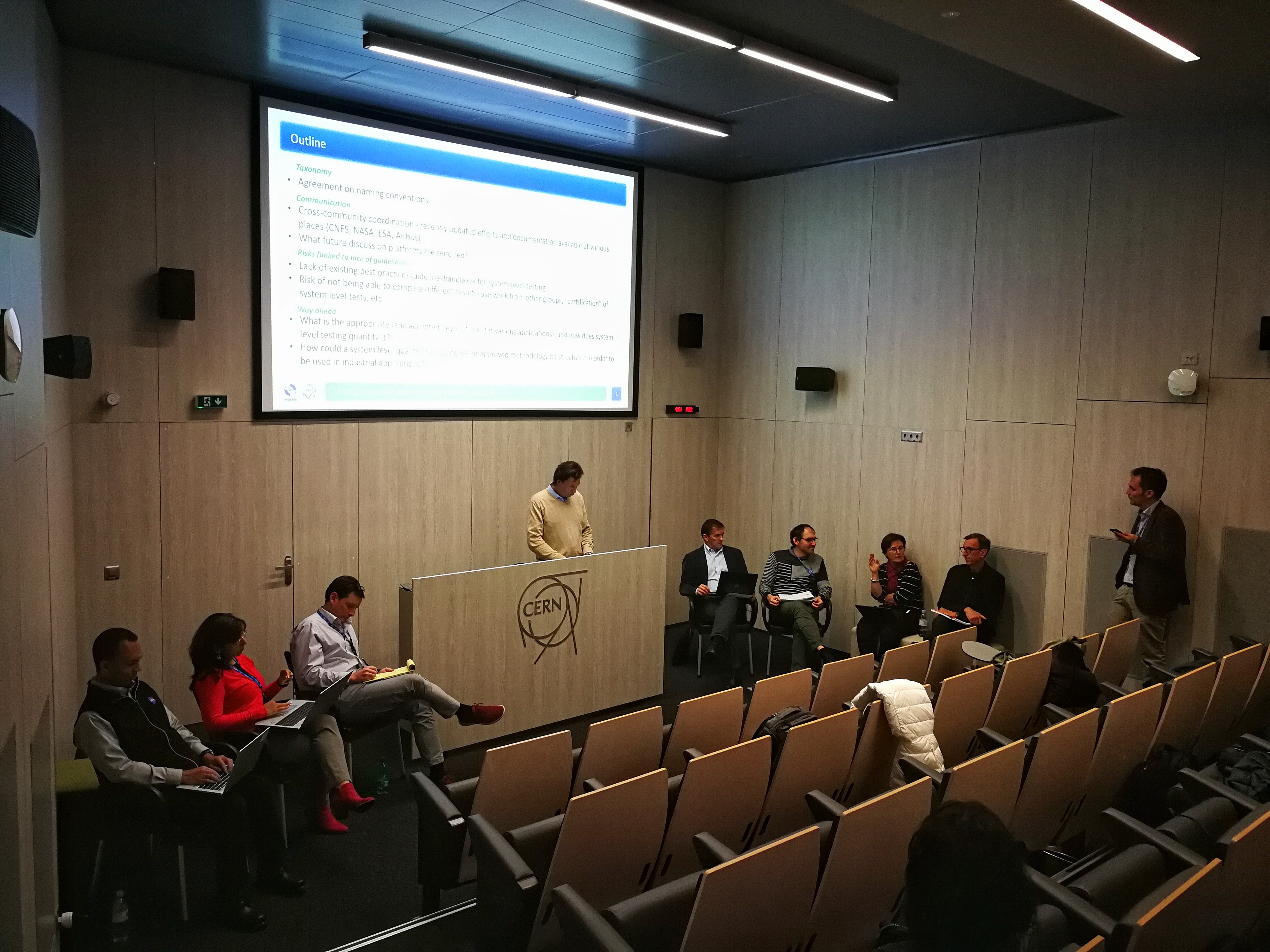
Review panel round table (Credit: Nourdine Kerboub).
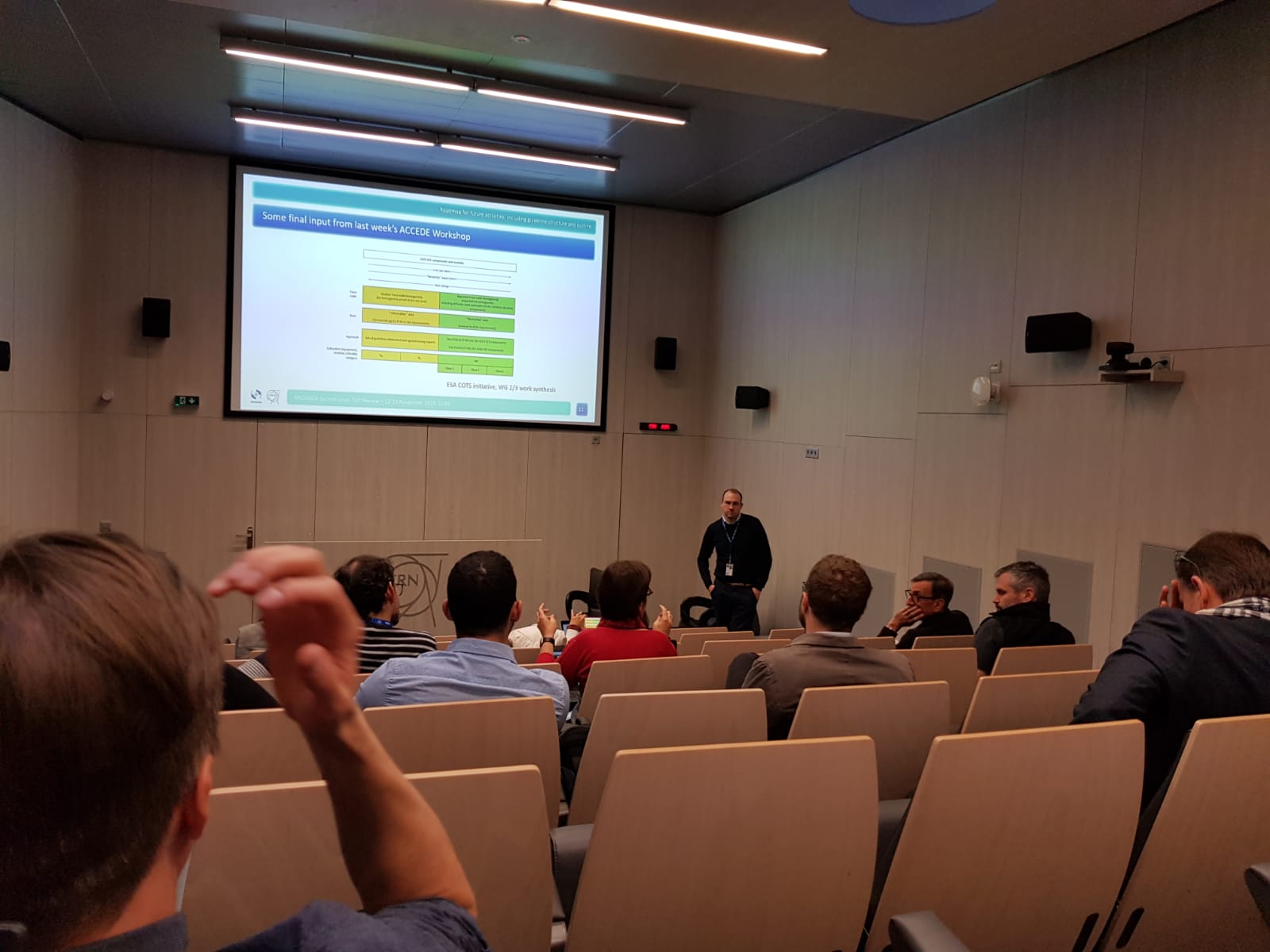
Closing discussion after the guideline outline was presented (Credit: Daniel Soderstrom).
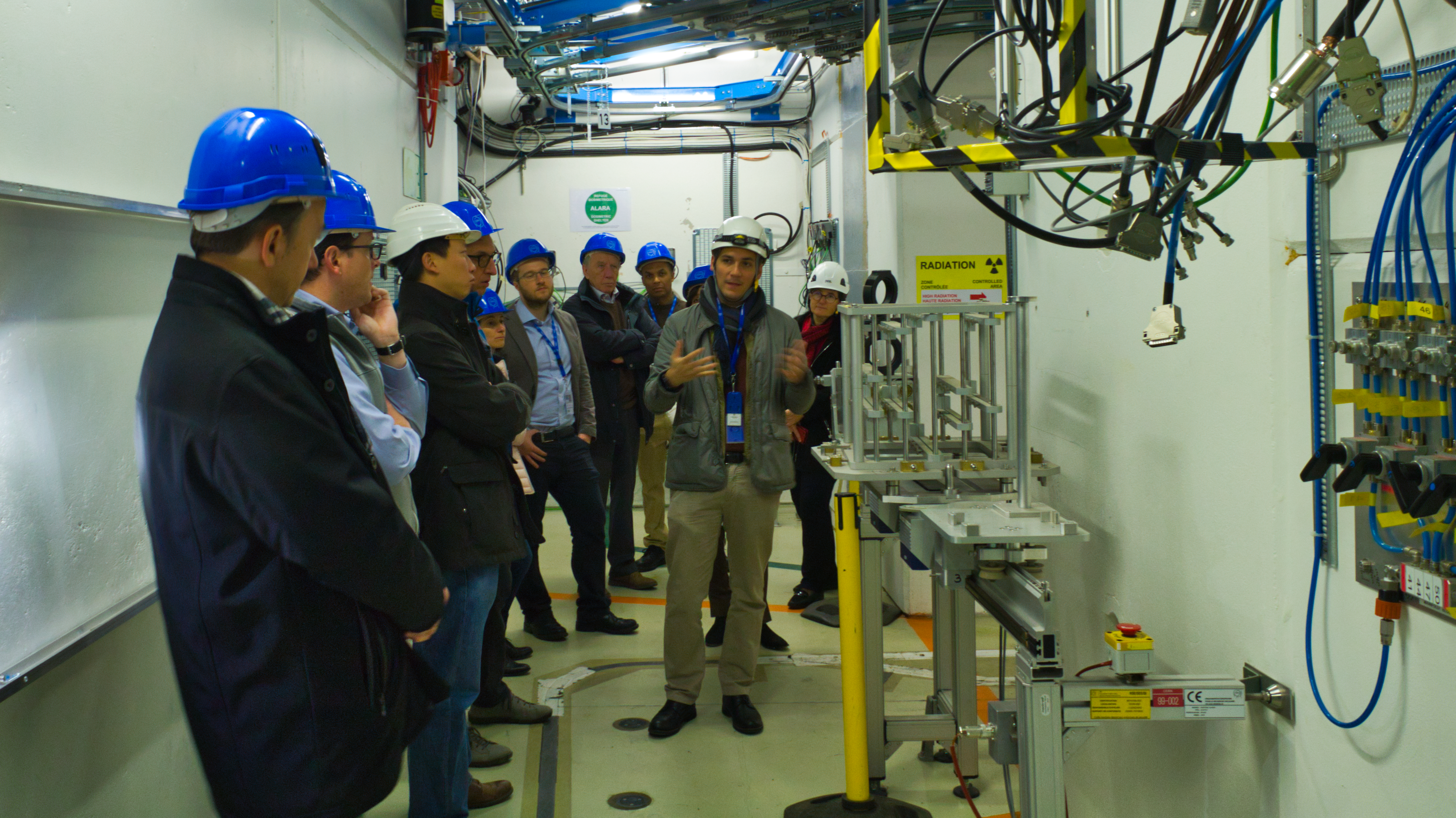
Ruben Garcia Alia explaining to the review panel the CHARM facilities and the various testing position opportunities (Credit: Nourdine Kerboub).
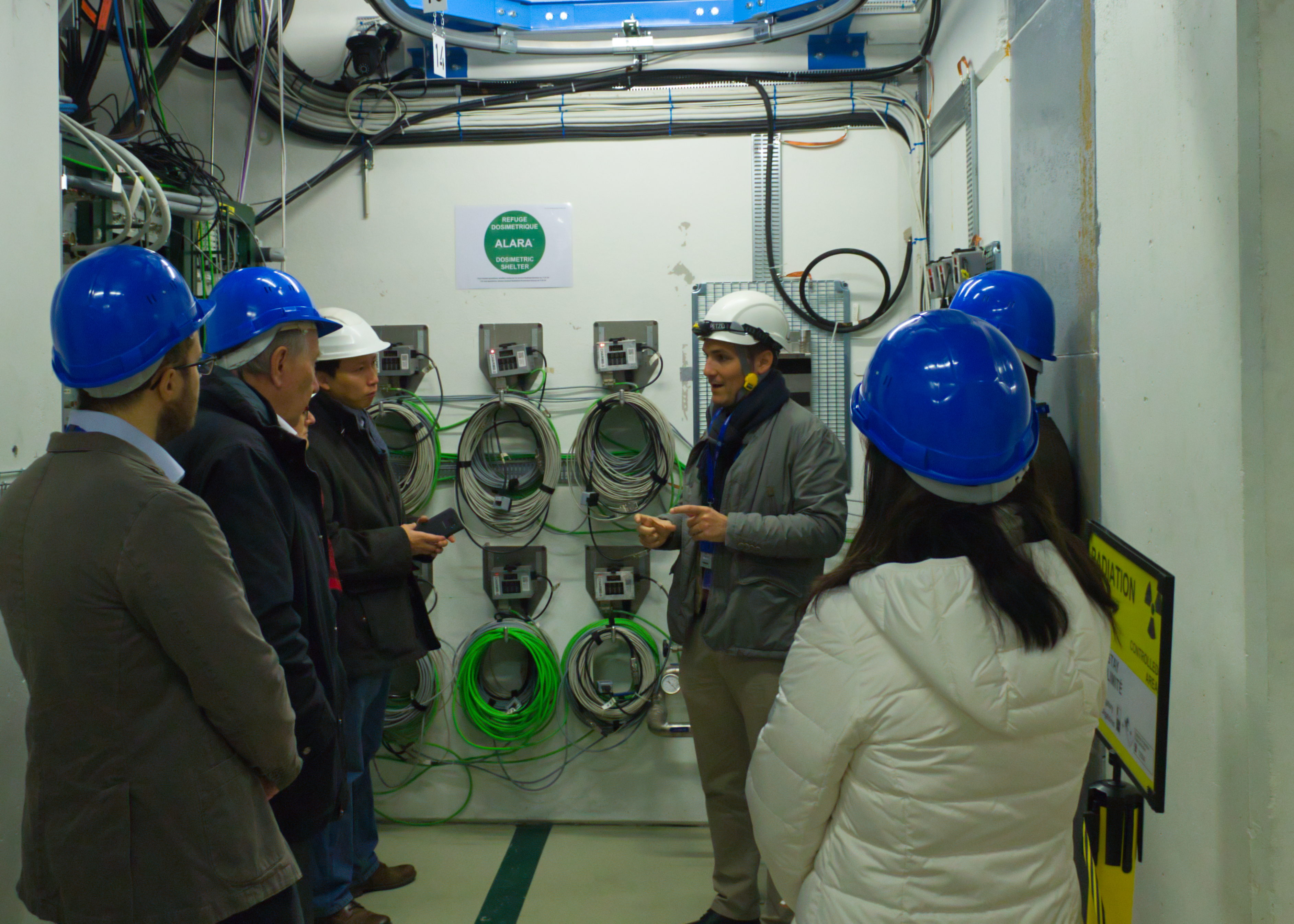
Ruben Garcia Alia explaining the radiation monitoring at CHARM (Credit: Nourdine Kerboub).
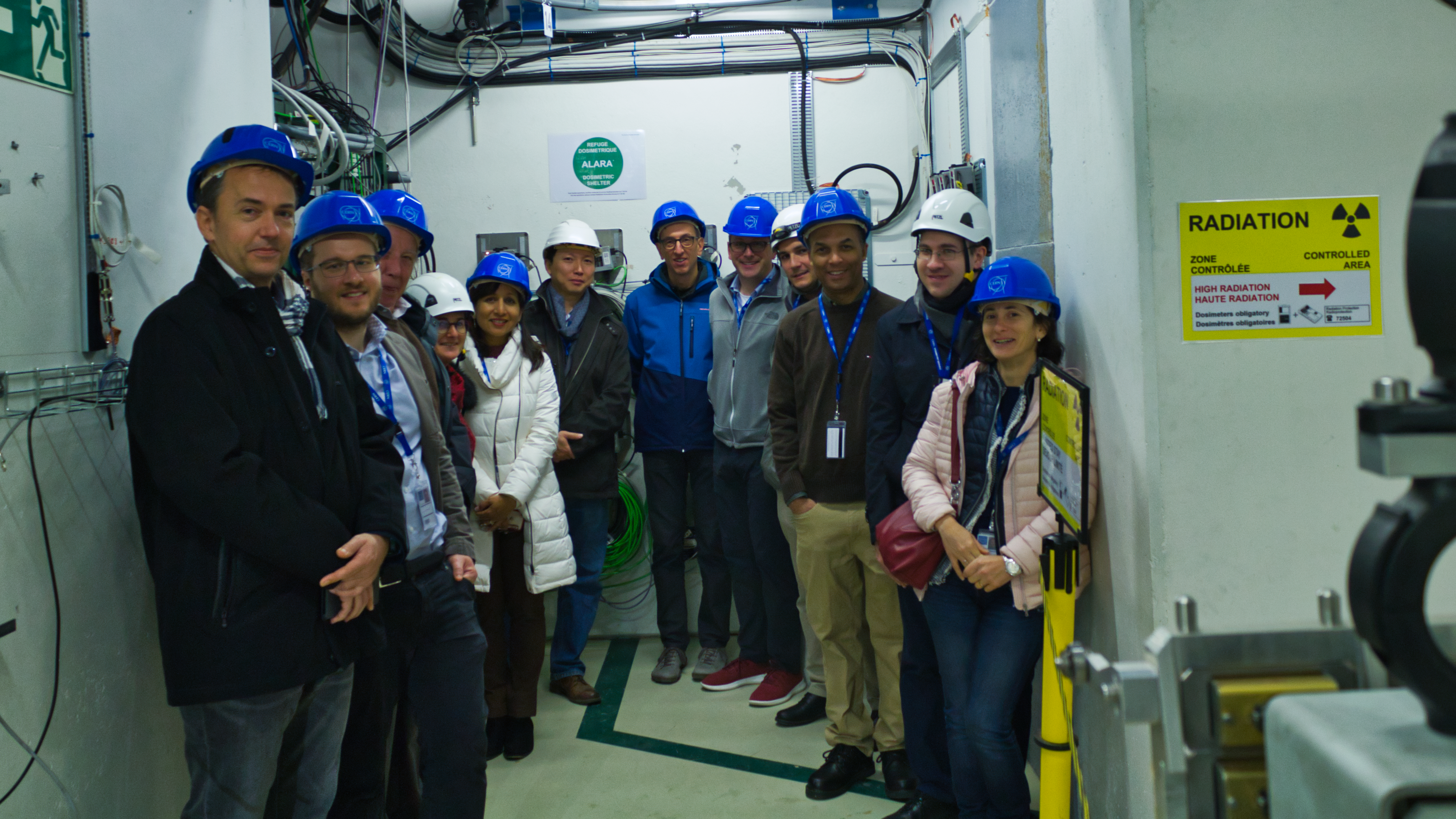
Review panel picture within the CHARM irradiation area (Credit: Nourdine Kerboub).
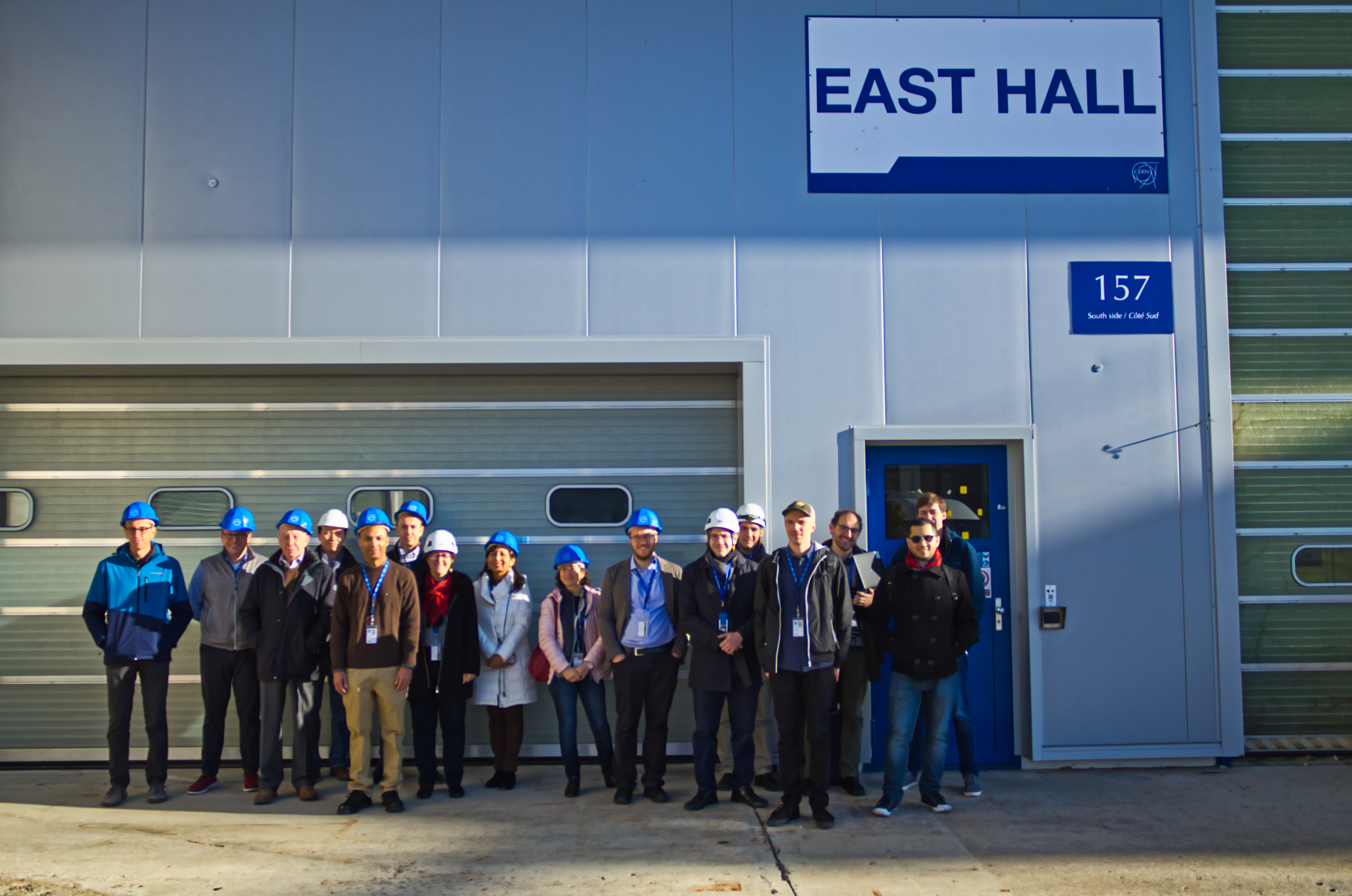
Group picture with reviewers and contributor to the technical review (Credit: Nourdine Kerboub).
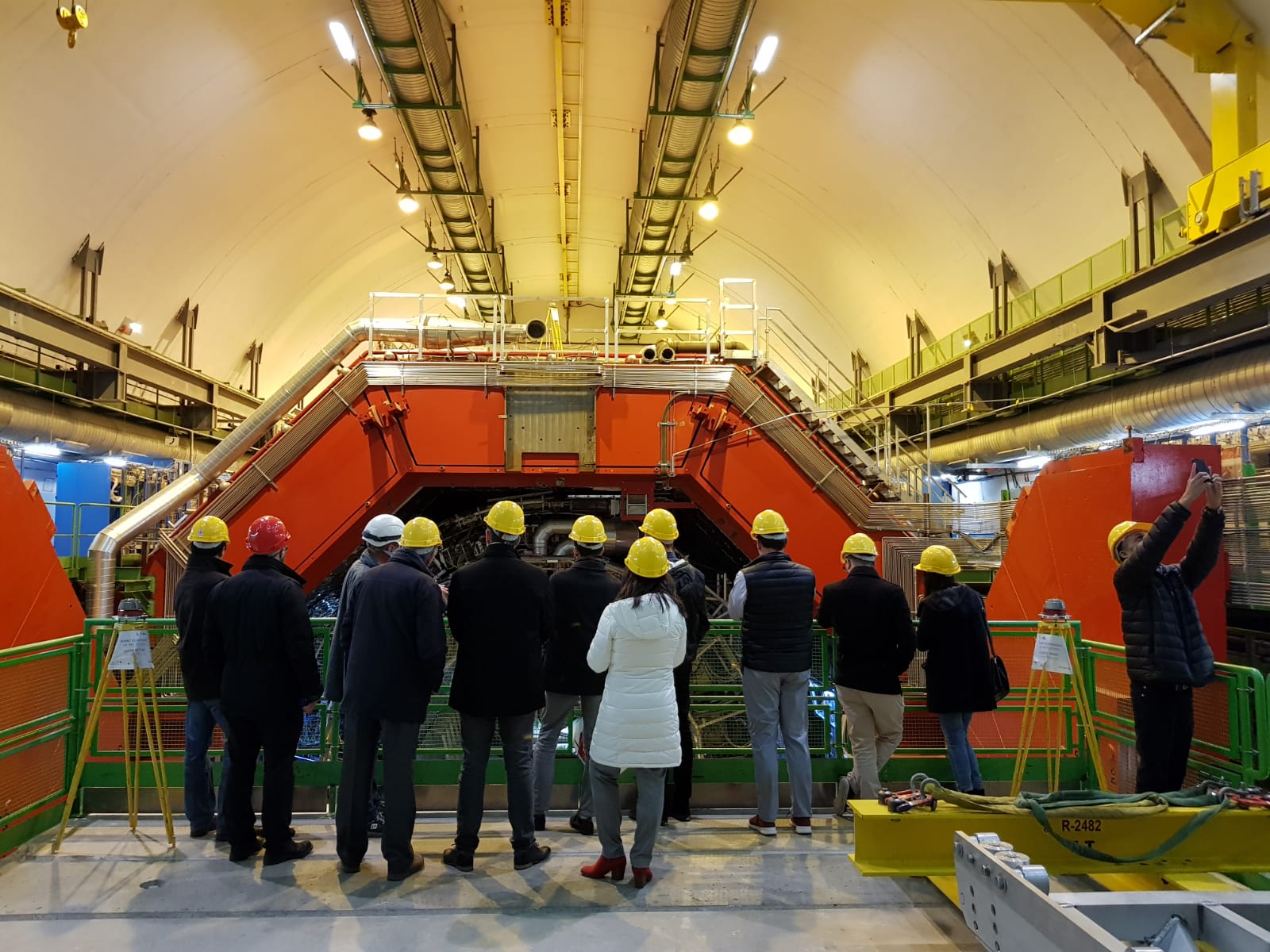
ALICE detector visit (Credit: Daniel Soderstrom).
